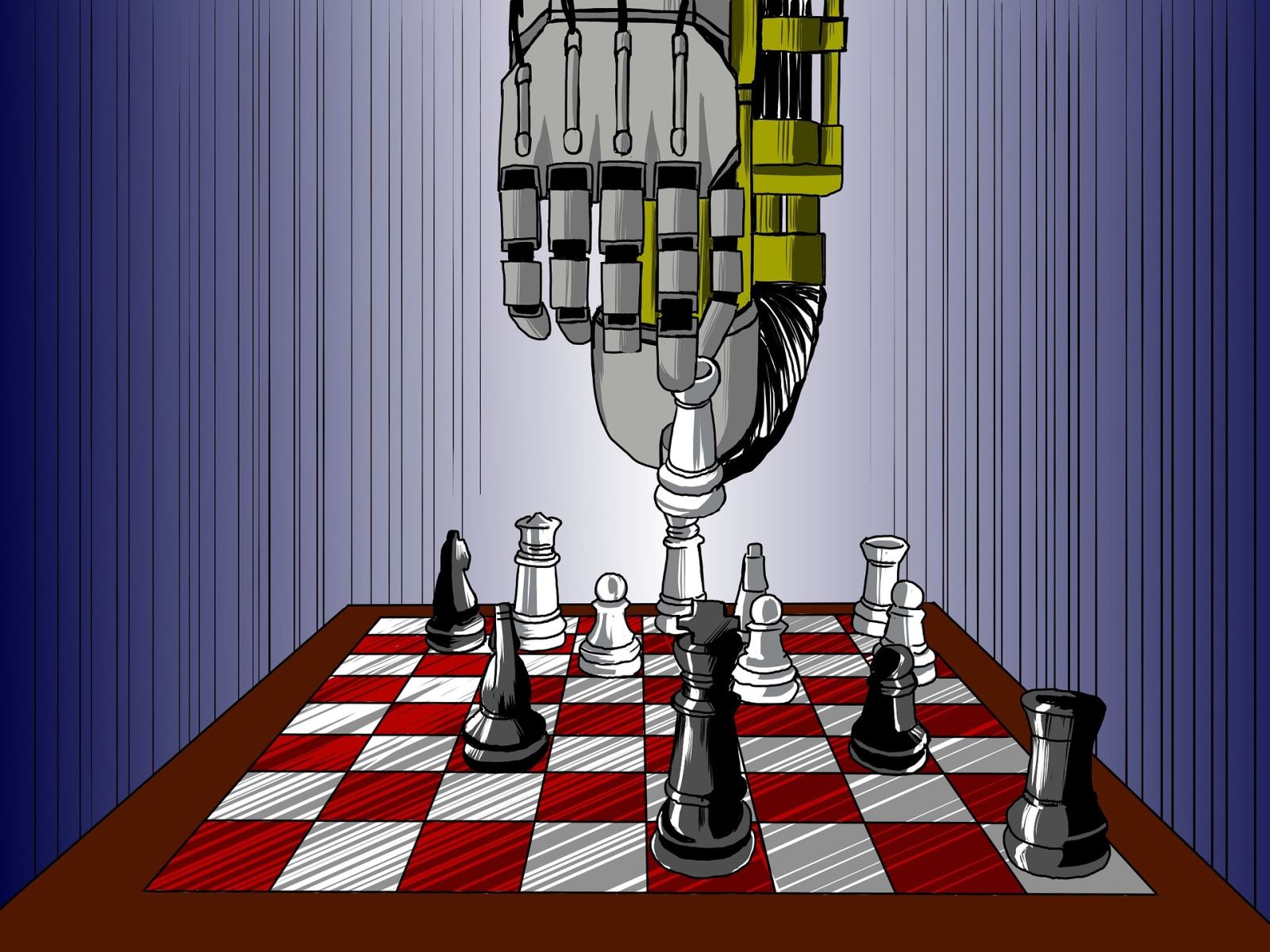In 1997, humanity woke up to the news of the world chess champion Garry Kasparov’s defeat at the hand of the computer Deep Blue that was programmed to play chess. It all started in 1996, when IBM, a pioneer in the field of developing computers and software and a guru of technology, challenged the best world chess champion to beat its most recent technological achievement. Deep Blue weighed almost two tons and was fed with all the necessary information about moving the pieces. Moreover, it processed data at incredible speed; it was able to do 2 million calculations per second to make the suitable move.
The Russian player accepted the challenge, which consisted of six matches against the computer. The computer was able to surprise everyone with its victory in the first match, but Kasparov was able to defeat it in three matches, and they tied in two matches. The Russian player was eventually the winner, proving, though temporarily, that the human mind is stronger than the artificial one. However, that was not the end of it; IBM developed its computer to avoid previous mistakes and asked for a new challenge in the following year. The challenge ended with Kasparov winning one match, the computer winning two, and both tying in three matches. Eventually, the competition ended with Kasparov’s defeat.

With the defeat of one of the most intelligent human minds against a computer, human beings are no longer the monopolizer of intelligence. Robots are becoming as intelligent as, or even more intelligent than, humans. The belief that artificial intelligence would not possibly beat human intelligence is no longer valid, and humanity is entering a new era of manufacturing intelligence. If artificial intelligence has defeated the world chess champion, why cannot it beat the best physician, engineer, or artist?
Artificial intelligence specialists have been becoming more and more ambitious. They wanted to simulate the human neural networks, so they started developing Artificial Neural Networks, which enable a robot to learn like a human brain. As a result, robots have become able to educate themselves. It all started with designing the robot “Preceptor”, which was able to distinguish triangles from squares; although such a distinction seems simple now, it was a breakthrough back then. That robot would try and make errors through which it would learn without any human instruction.
In 2016, a group of scientists at the University of Adelaide in Australia succeeded in designing a device fed with a limited number of mathematics and physics equations. Using those few equations, the device was able to deduce more equations and educate itself until it was eventually able to reach the conclusions of an experiment that was awarded the Nobel Prize in 2001. It reached those conclusions in only one hour!
Now, with the ability of human beings to develop robots that are able to educate themselves, as well as their ability to manufacture intelligence, the question that poses itself is: Will these robots one day be able to replace humans and beat them in what they do?
forbes.com
pri.org
skymind.ai